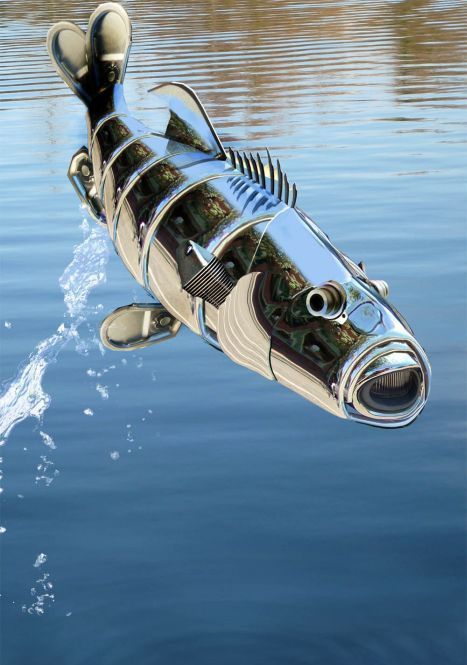|
|
Robotic Animal, Digital Image Manipulation
|
Joseph Stalin made use of photo retouching for propaganda purposes. On May 5, 1920 his predecessor Lenin held a speech for Soviet troops that Leon Trotsky attended. Stalin had Trotsky retouched out of a photograph showing Trotsky in attendance. Nikolai Yezhov, an NKVD leader photographed alongside Stalin in at least one photograph, was edited out of the photograph after his execution in 1940.
In the 1930s, John Heartfield used a type of photo manipulation known as the photomontage to critique Nazi propaganda. The pioneer among journalists distorting photographic images for news value was Bernarr Macfadden and his composograph in the mid-1920s.
The style and techniques of modern digital photomontage were anticipated as early as the late 1960s, particularly by the surreal album cover photography of the British design group Hipgnosis.
Some ethical theories have been applied to image manipulation. During a panel on the topic of ethics in image manipulation Aude Oliva theorized that categorical shifts are necessary in order for an edited image to be viewed as a manipulation. In Image Act Theory, Carson Reynolds extended speech act theory by applying it to photo editing and image manipulations. In How to Do Things with Pictures, William Mitchell details the long history of photo manipulation and discusses it critically.
|
|









